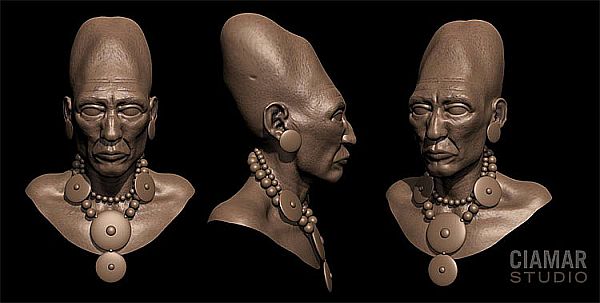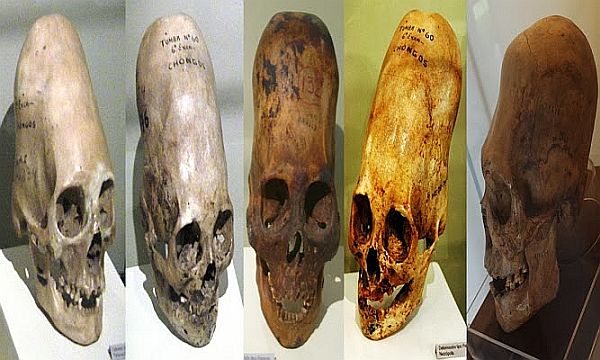Who were these mysterious beings? Did they evolve separately on Earth?What caused them to have such drastic differences from ordinary humans?
 – The desert peninsula of Paracas is located on the southern coast of one of South America’s most enigmatic countries: Peru. It is there, in this barren landscape where Peruvian archaeologist Julio Tello made one of the most mysterious discoveries in 1928. During excavations, Tello uncovered a complex and sophisticated graveyard under the harsh soil of the Paracas desert.
– The desert peninsula of Paracas is located on the southern coast of one of South America’s most enigmatic countries: Peru. It is there, in this barren landscape where Peruvian archaeologist Julio Tello made one of the most mysterious discoveries in 1928. During excavations, Tello uncovered a complex and sophisticated graveyard under the harsh soil of the Paracas desert.
In the enigmatic tombs, Tello discovered a set of controversial human remains that would forever change how we look at our ancestor and our origins. The bodies in the tombs had some of the largest elongated skulls ever discovered on the planet, called the Paracas skulls. The Peruvian archaeologist discovered over 300 mysterious skulls which are believed to be at least around 3000 years old.

As if the shape of the skulls was not mysterious enough, a recent DNA analysis performed on some of the skulls presented some of the most enigmatic and incredible results that challenge everything we know about the origin and human evolutionary tree.
